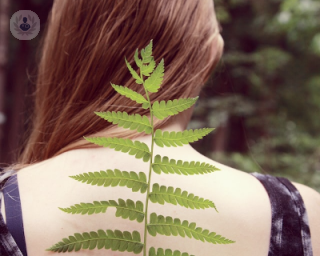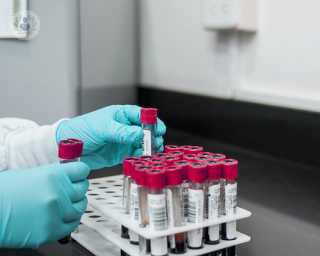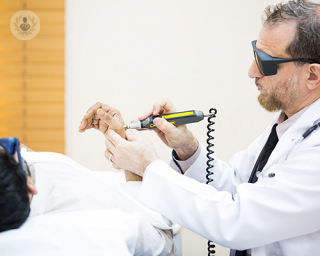Juvenile arthritis
Dr Clarissa Pilkington - Rheumatology
Created on: 11-16-2017
Updated on: 08-03-2023
Edited by: Kate Forristal
What is juvenile arthritis?
Juvenile arthritis, otherwise known as paediatric rheumatic disease, is a term used to describe a number of autoimmune and inflammatory diseases that can develop in children. The tissue on the inside of the joints (synovium tissue) can become inflamed due to a fault with the autoimmune system, which usually protects the body, where the immune system attacks the synovium tissue.

What are the causes of juvenile arthritis?
Juvenile arthritis is idiopathic, meaning no cause is known, though it is thought to be genetic, or triggered by certain infections or environmental triggers though no evidence has been discovered to support this.
What are the symptoms of juvenile arthritis?
There are a number of different types of juvenile arthritis, each with differing symptoms. Common symptoms include:
- Stiffness in the joints, which can be felt more in the morning
- Swelling and tenderness in the joints
- Fever
- Rash
- Fatigue
- Eye redness or eye pain
- Limping due to joint pain Irritability
Types of juvenile arthritis:
Juvenile idiopathic arthritis (JIA) is the most common form of arthritis found in children. This type of arthritis can appear in five different forms. These are:
-
Systemic arthritis
Otherwise known as Still’s disease, this form of juvenile arthritis can affect the whole body. The symptoms usually include high fever and rash on the arms, legs and body. It can also affect the heart, liver, spleen and lymph nodes. -
Oligoarthritis
This form affects the joints, most commonly the knee, ankle and wrist, but can also affect the eyes, particularly the iris, causing redness in the eyes. This form is more common in girls than in boys. -
Polyarthritis
Also attacks the joints, but can feature in more joints in the first six months than in oligoarthritis. The joints affected are usually the same joints on either side of the body, and often affects the head and neck as well as the hands and feet. This form of juvenile is the most similar to adult arthritis, and is more common in boys than in girls. -
Psoriatic arthritis
This is linked to the skin condition psoriasis, and presents alongside the skin condition. This can often show in the fingernails, which appear pitted. -
Enthesitis-related arthritis
This form of juvenile arthritis affects the spine and hips, as well as the eyes. It attacks the entheses, which are where the tendons join the bones. This form of arthritis is more common in boys over the age of 8.
Treatment for juvenile arthritis:
Though there is no cure for juvenile arthritis, it can be treated until it goes into remission, and many forms of juvenile arthritis don’t last into adulthood. Treatment options include medication, physical activity, healthy eating and taking good care of the eyes if they become affected.














